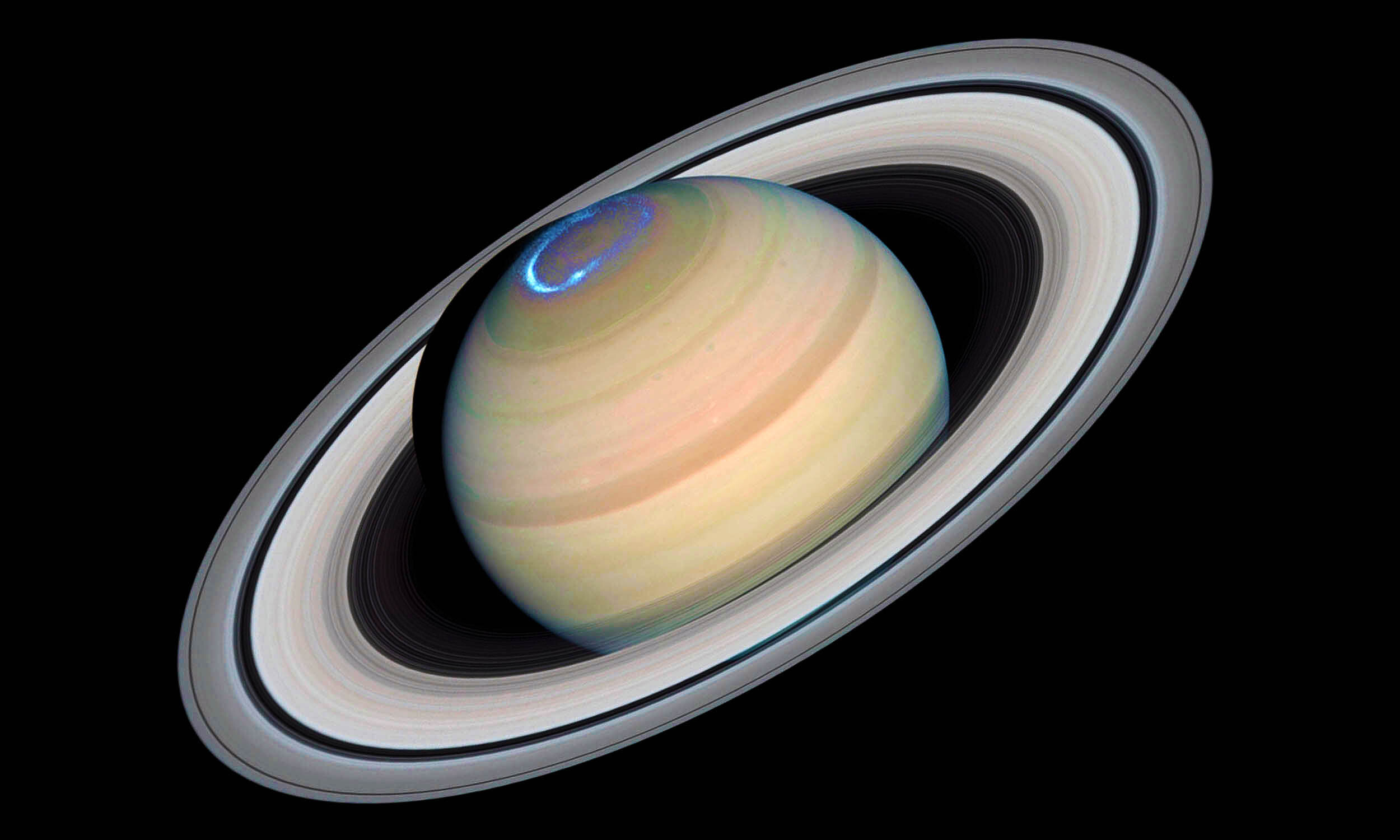Note: The title is a bit clickbait (they’ll merely become invisible from our line of sight), but I’m not going to editorialize the article title.
Come March 2025, Saturn’s majestic rings will become virtually invisible to earth-based observers. This phenomenon occurs due to the unique tilt of Saturn’s axis, which will position the rings edge-on to our line of sight. […] Saturn’s axial tilt, which is the angle its axis leans compared to its orbit around the Sun, is about 27 degrees. As Saturn moves during its 29.5 year orbit around the Sun, this tilt means different parts of its rings and moons get sunlight at different angles, changing how they look. So, the rings are not really disappearing but rather playing a celestial game of hide and seek. At their reappearance, we can also enjoy an accentuated view of Saturn’s moons.



I want to say that if you’re going slow enough relative to particles and in the same plane as them, you could probably just kind of bump them out of the way if they’re not more massive than your ship. Note that I would not try that with my own spaceship but perhaps with a rental 😆
There’s several hard sci-fi books where ice is harvested and used for shielding, melted for water/life support, etc almost exactly like you’re describing.
Yeah The Expanse is awesome but they are mining rather big ice chunks. In the Starcarrier series they find a giant shipyard churning through protoplanetary disk. Which sounds kind of ideal for mining raw materials for e.g. space habitats. But I guess a low gravity moon or asteroid would work just as well.